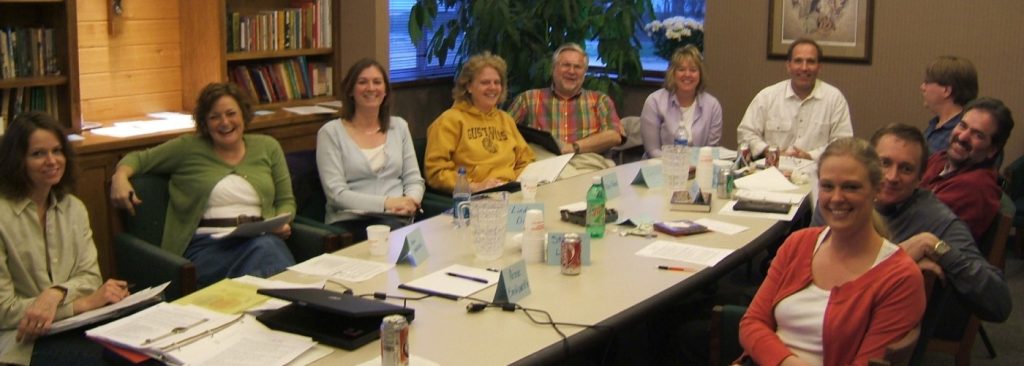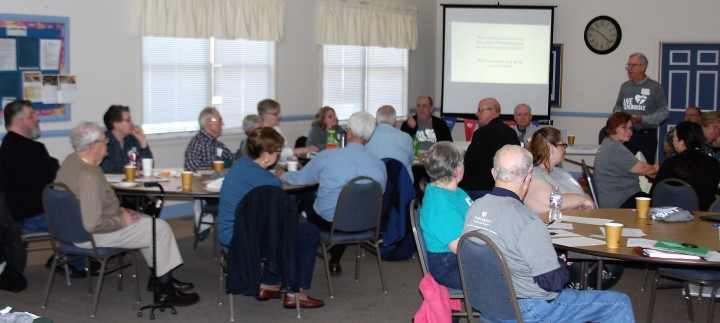What is the difference between merger and consolidation? Which word should we use?
There are legal and ecclesiastical reasons for one term or the other but for practical purposes they are basically synonyms. You can use either but the word “consolidation” often has a more positive connotation than “merger”.
What are the different kinds of mergers?
- Continuation Merger – two or more churches merge to carry on much as they have in the past but with more people and money. Historically this may be the most common type of merger. It’s sometimes referred to as a conventional merger or a survival merger.
- Restart Merger – the churches involved see the merger as an opportunity for a fresh start. They let go of old habits and create a new vision based on revitalization.
- Absorption Merger – a smaller declining church joins with a nearby healthy congregation. Some of the traditions of the smaller church may carry on while the larger church continues to do what’s working.
- Multi-Site or Multi-Campus Merger – sometimes a church is in a strategic location but finds itself struggling and stuck. In a Multi-Site Merger it becomes a campus of a thriving church. The stronger church provides the vision, leadership, people, and funds to help the campus location fulfill its potential. This is a relatively new strategy for mainline congregations.
- Anchor Church – not really a merger but similar in some respects to a Multi-Site Merger. In this case the stronger (anchor) church provides funds, volunteers and leadership assistance under a covenant rather than a legal joining.
What is the success rate for the four types of mergers?
Absorption and Multi-Site Mergers that involve one strong healthy congregation have a very encouraging track record, but survival-oriented mergers sometimes just buy time. Restart Mergers have s good record of success, especially when the new congregation sticks to its vision and avoids the temptation to revert back to the old practices that got the predecessor churches in trouble. The of the pastor is especially critical in a Restart Merger. The Anchor Church concept is too new to evaluate but it’s an intriguing idea Similar partnerships have a mixed track record.
Our church and a nearby church are thinking about merger. What’s our first step?
Check out ChurchCollaboration.com, a site sponsored by ChurchFuture with more details about forms of collaboration and steps for implementation.

Do we need a consultant or facilitator?
An experienced outsider can keep the ball moving, help the team deal with power issues that will inevitability come up, and keep the focus on mission and on a positive outcome. The consultant can make sure that all voices are heard and all parties are treated fairly. A consultant can bring objectivity to the really tough decisions like facility. It is essential to use a consultant who has solid experience with congregational dynamics and renewal as well as mergers and consolidations.
How long will the merger process take?
Mergers that ChurchFuture has consulted have taken from 3 months to 10 months from the first team meeting to the congregational votes to merge. The merger process tends to put a lot of other congregational effort on hold so it is helpful to move diligently and not drag out the process.
How does ChurchFuture consulting work and what is the cost?

With Twin Cities churches Dave Raymond from ChurchFuture usually meets with the joint team twice a month and sometimes at weekend workshops. The work starts with reviewing options, looking at case studies, and a primer on how congregations can thrive in a challenging environment. If the congregations decide to move to implementation the work shifts to framing a plan for the resulting new congregation. During the entire process there is emphasis on communication with members and creating opportunities for trust and fellowship. In these situations Raymond generally charges an hourly fee.
Churches outside the Twin Cities area typically schedule Raymond for a 4 day visit that includes intensive work with the team plus a forum for congregational members after joint worship. This is followed by email consultation and video meetings with the team. During implementation phase there may be a second similar visit. In these cases Raymond charges a flat fee for the visit. The flat fee includes reasonable follow-up by email and phone, with an hourly charge for follow-up video meetings.
In all cases the fee is structured to fit the financial circumstances of the churches involved, and incidental expense like mileage and travel are extra. Denominations often provide a grant to cover all or part of the fee for churches with tight budgets.
What is the background of David Raymond and ChurchFuture?
Raymond has an MA in American Studies from the University of Iowa. After a career in real estate management, finance and development he owned a human services business located in downtown Minneapolis. He occasionally serves as a consultant to other small businesses. His real estate experience has proven helpful in many merger situations.
In his younger days Raymond was a co-founder and early president of Seward Redesign, a non-profit housing developer that started in 1972 as a partnership between Trinity Lutheran Congregation and a neighborhood organization. Seward Redesign is still an active force for affordable housing and community development today.
In 1999 the Minneapolis Area Synod (ELCA) asked Dave Raymond to join the synod’s Urban Planning Consultants team. This team included pastors and lay people and who were trained in the Search Institute congregational planning methodology. After the Urban Planning Consultants disbanded Raymond continued to work with local congregations as a sideline to his other business. At the same time he did research in the area congregational development.
Dave Raymond is motivated by a conviction that we are called to share God’s unconditional love for us as shown in Jesus Christ. The Christian congregation—imperfect as it often is—is really the best vehicle available to share God’s love with others.
